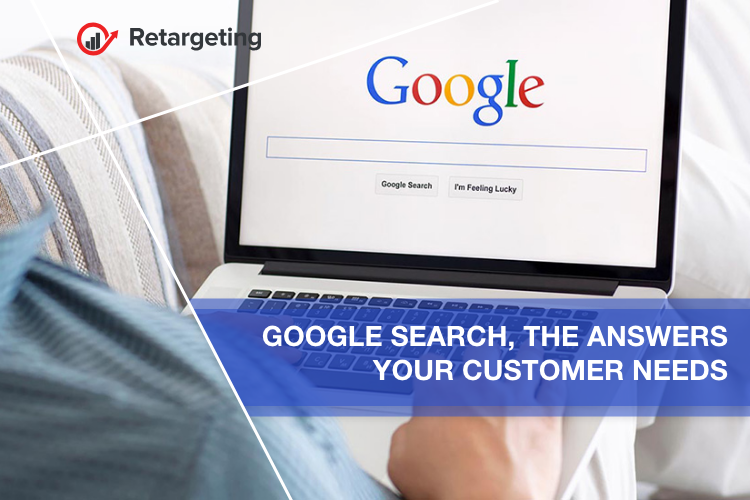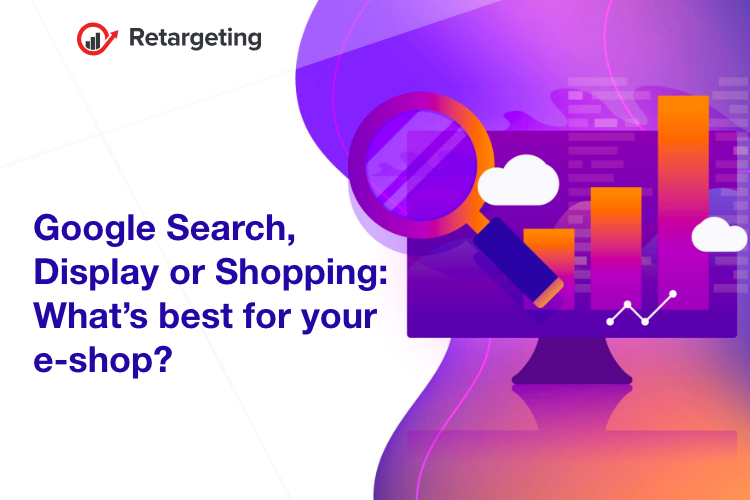Paid Google search offers your company incredible power, allowing you to jump straight in front of the people most vital to your business. It has the potential to help you forge instant connections with new customers and build stronger relationships with existing ones, letting you get the word out about your brand and your products faster.
Each type of ad offering a different kind of advantage to your business and your brand. But with so many options on the market, how do you know which type of ads to invest in?
Shopping, turning clicks into conversions
Shopping is an essential part of any campaign, especially if you have a limited budget. Why? Because of its incredible potential for conversions. Google Shopping is most effective at the bottom of the funnel, when a customer has done the research, has compared the options, knows what he/she want and has begun to look for it.
Succeeding at Google Shopping requires you to have a detailed knowledge of how to build a product feed. Getting this right is the heart of marketing via Google Shopping.
Each product covered in a feed will ideally have four pieces of data attached: a title, a description, a link to the product page on your website, and a link to an image of the product.

Google Search, the answers your customer needs
If Shopping is where you reel people in, Search is where you start casting your line. An exceptional middle of funnel tool, getting your brand on the search results page helps you meet customers when they’re beginning to look for someone like you.
It’s here that customers have realized they have a problem and are in the process of building a solution. To be effective at the research phase you need to be showing that you’re aware of the customer’s problem, you have the ability to solve the problem, and the solution is in your product.
While Shopping offers the highest ROI, it relies on a lot of work being done to that point in order to be truly effective. You need to have already made yourself the answer to each one of those questions before a customer is going to be willing to look at your products in the kind of detail only Google Shopping can provide.
It’s all because of the principle of effective frequency, the minimum number of times a person must be exposed to an advertising message before they act.
Google Display, flexible & accessible
The Google Display Network is an incredibly versatile tool that lends itself extremely well to activities at a range of stages in the funnel.
Fundamentally, there are two broad strategies that rely on Display – retargeting and brand awareness.
Brand awareness allows businesses to hit a very broad target very quickly. Businesses can simply create a few basic ads introducing their brand and their core products, serve them across all audiences and start driving traffic to their website.
But what about social media? Can’t you just do all of your awareness raising through that? While Facebook, Twitter, Instagram and the rest of ‘em offer a wealth of tools for paid and organic awareness raising, they’re not the last word in it. Often a social awareness campaign and a Display awareness campaign can hit two very different groups of people.
Additionally, it can be difficult to measure success for an awareness campaign whether it’s run on social or Display. Where the latter unambiguously shines and where the value is easiest to measure is when it’s used for remarketing.
These strategies can be as simple as serving a generic banner ad for a website a user has already visited, to more complex implementations relying on knowledge of what products the customer has looked at or abandoned in their cart.
However you choose to use it, Display has the potential to radically change the way you speak to your audience, helping to make you the first choice in your industry.
An integrated approach
Building a paid search campaign is not just a case of either/or, but a careful process of finding the right mix of components to suit your needs, your goals, and your budget. Every business at every stage of its growth can benefit from all ad types simultaneously because there’s no such thing as a company that’s too well-known or makes it too easy for existing customers to buy products.
Even for household names where customers are directly searching for the brand, there’s always a need to keep an awareness campaign running to account for your newest fans.

